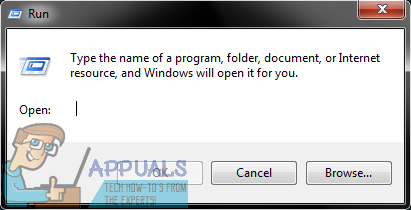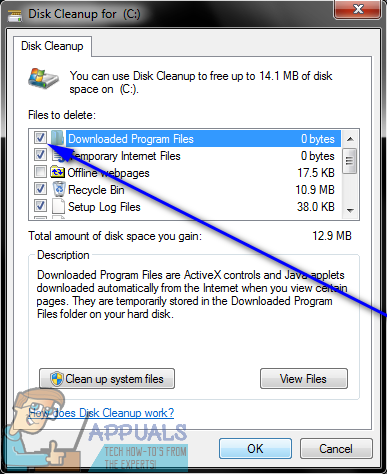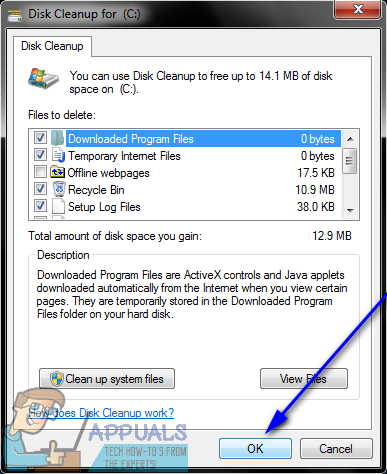Not only do junk files that have built up on a computer over a significant amount of time take up just as significant an amount of storage space, they can also lead to the affected computer running slower than it would be without them. Why that’s so is simple – almost all the junk files a Windows computer collects, it collects on the same partition of its hard drive that Windows is installed on, and the less free space there is on this partition, the slower Windows will be. That being the case, regularly cleaning out junk files from your computer is extremely important – doing so will most certainly result in your computer running noticeably faster. As stated before, however, these junk files that your computer collects over time aren’t in any one place – they’re scattered all across the entirety of your computer. Since that is so, you can’t just get rid of all the junk files on your computer in one fell swoop – you’re going to have to attempt the cleanup in phases, and only at the end of the entire cleanup will your computer be free of all the junk files it has accumulated. Without further ado, here’s how to remove junk files from a Windows computer:
Phase 1: Running Disk Cleanup
Microsoft was fully aware of the fact that the Windows Operating System builds up a lot of unneeded junk over time, which is why it built the Disk Cleanup utility into Windows. The Disk Cleanup utility is a stock utility present on all versions of Windows that can be used to scan a partition of a Windows computer’s hard drive for junk files and then clear out any junk files that are found. To run Disk Cleanup, you need to:
Phase 2: Using Disk Cleanup to get rid of unnecessary system files
Over time, Windows also gathers a ton of unnecessary system files that simply weigh the system down – these include debug reports and files left behind by update packages and Windows Update Cleanup, among a number of other things. The Disk Cleanup utility can also be used to get rid of these unneeded system files. To use the Disk Cleanup utility and get rid of unnecessary system files, simply:
Phase 3: Deleting junk files from and clearing the cache of your internet browsers
While this may come as a shock, the internet browsers you use are some of the largest contributors to the gigabytes large mountain of junk files that your computer has built over time. Your internet browser saves a small copy of every single webpage you visit to its cache, and also stores thumbnails of all the images it displays to you, among a number of other files that take up space and which you do not necessarily need. That being the case, if you’re looking to rid your Windows computer of junk files, these will also have to go – although you should know that clearing your internet browser’s cache will result in webpages loading a bit slower for a while since the browser won’t have any cached copies of webpages to load. To delete junk files from and clear the cache of your internet browser, you need to:
How to Stop Outlook 2016 From Moving Emails to Junk or Spam FolderFix: Windows Couldn’t Remove your Computer from the HomegroupFix: This Computer Can’t Connect to the Remote ComputerHow to Remove Security Tab from Files and Folders Properties Windows?










